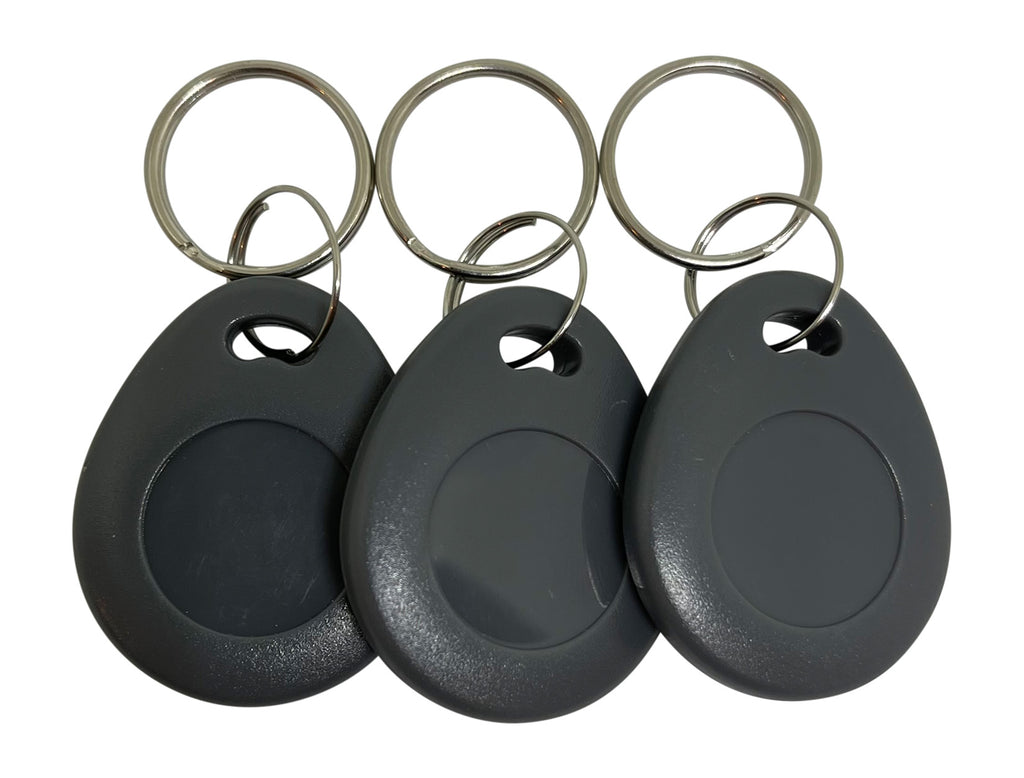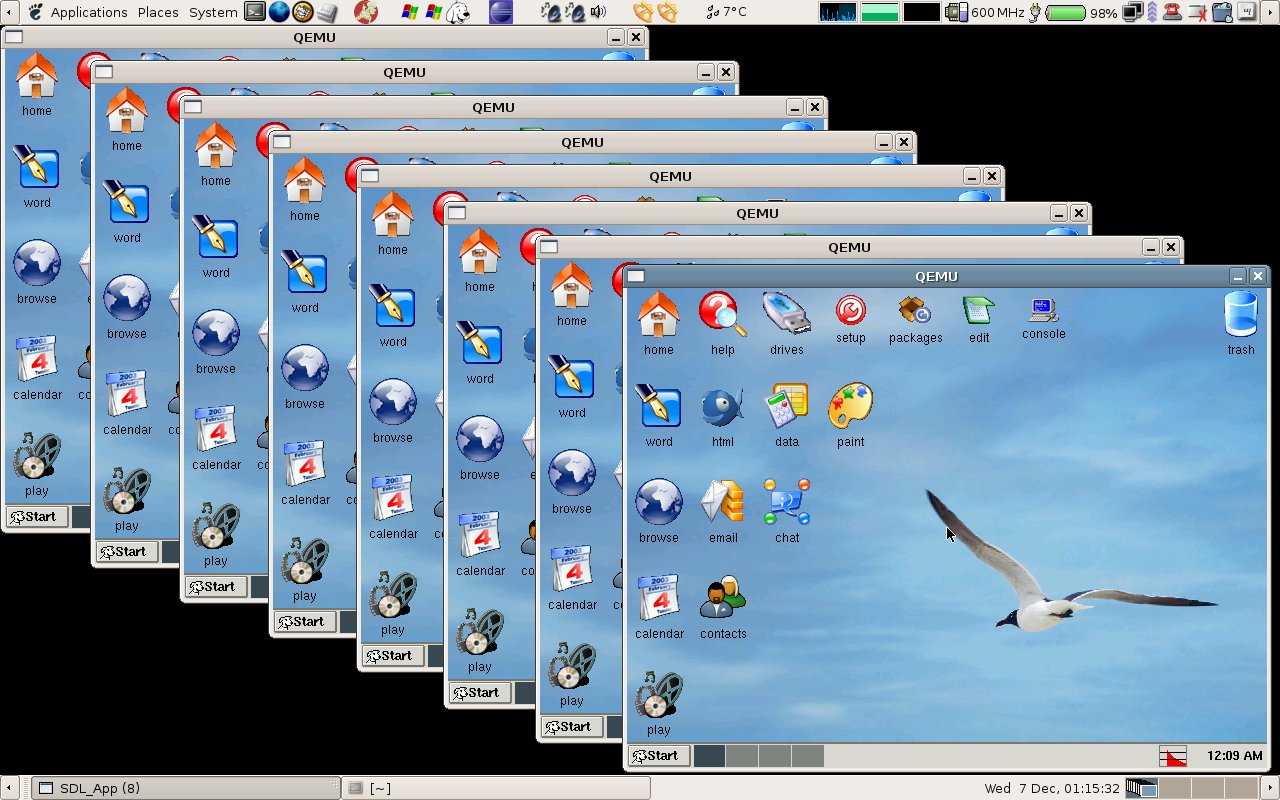

When using the (unrelated) -snapshot option
#ADD FILES TO QEMU SYSTEM FULL#
Snapshot would need a full copy of all the disk images). Shared among all the snapshots to save disk space (otherwise each
Not shown by info snapshots because the associated disk sectors are The size of a snapshot in a disk image is difficult to evaluate and is The disk image snapshots are stored in every disk image. State info is stored in the first qcow2 non removable and writableīlock device. Info snapshots) and a snapshot of every writable disk image. info snapshots lists the available snapshots with their Use loadvm to restore a VM snapshot and delvm to remove a VM Snapshot in addition to its numerical ID. A human readable name can be assigned to each Use the monitor command savevm to create a new VM snapshot or This device is the first virtual hard drive. Writable block device using the qcow2 disk image format. Order to use VM snapshots, you must have at least one non removable and State, RAM, device state and the content of all the writable disks. VM snapshots are snapshots of the complete virtual machine including CPU You can however force the write back to the rawĭisk images by using the commit monitor command (or C-a s in the

When sectors in written, they are written in a temporary fileĬreated in /tmp. If you use the option -snapshot, all disk images are considered as See the qemu-img invocation documentation for more information. You can add an M suffix to give the size in megabytes and Where myimage.img is the disk image filename and mysize is its size in


 0 kommentar(er)
0 kommentar(er)
